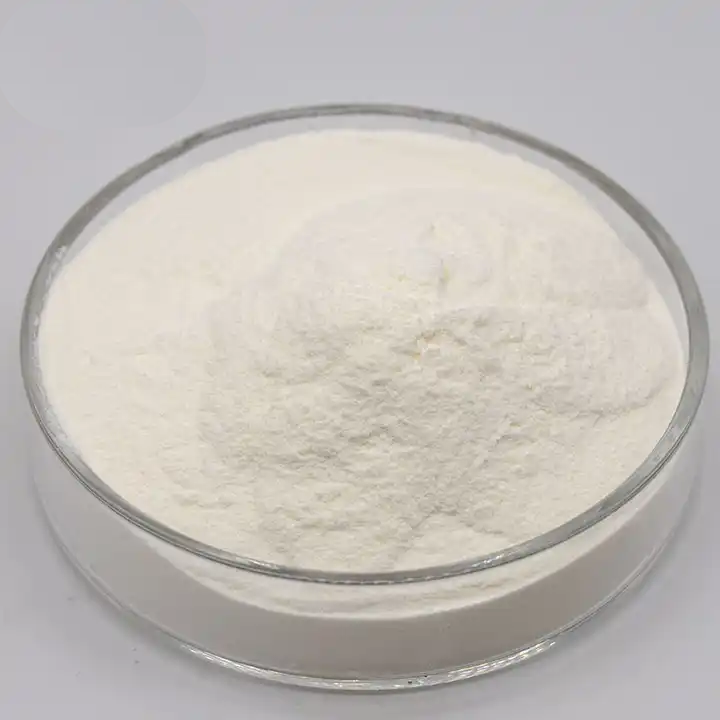
Lactobacillus
Lactobacillus are Gram-positive, non-bacilli. It is widely distributed in nature and can be isolated from plant surfaces, dairy products, meat products, beer, wine, juice, wort, fermented dough, sewage and human and animal feces. Contact enzyme negative, benzidine reaction negative. The shapes are diverse, the bacilli are straight or curved, single or chain-shaped. The growth temperature range is 5℃~53℃, and the suitable temperature for most species is 30℃~40℃. Acid-resistant, the optimal pH value is 5.5 to 5.8, or even lower.
This genus of bacteria has a strong ability to decompose sugars and a very low ability to decompose proteins. The main end product of decomposing sugar is lactic acid, lactate is not fermented and rarely causes disease. The production and preservation techniques of traditional Chinese foods, such as kimchi, mustard, pickles and wine making, take advantage of these characteristics of Lactobacillus.
Application
1. Food fermentation
2. Food preservatives
3. Feed additives
4. Medical care
Strains
The Lactobacillus included in the “List of Probiotic Strain Can be Used in Health Foods” include Lactobacillus delbrueckii bulgaricus (Lactobacillus bulgaricus), Lactobacillus acidophilus, Lactobacillus casei subsp. casei, and Lactobacillus reuteri. In addition The Ministry of Health announced that Lactobacillus that can be used in the production of general food include Lactobacillus casei, Lactobacillus crispatus, Lactobacillus delbrueckii subsp. lactis, Lactobacillus fermentum, Lactobacillus gasseri, Lactobacillus helveticus, Lactobacillus johnsonii, Lactobacillus paracasei coli, Lactobacillus plantarum, Lactobacillus rhamnosus, Lactobacillus salivarius.
